About Jozankei
Jozankei
Approximately 26 km south, or just under one hour by car, from downtown Sapporo,
Jozankei is a hot-spring resort located in a verdant ravine amid the Shikotsu-Toya National Park,
and is a visited by 2.4 million people each year.

This is the Shikotsu-Toya National ParkNational Park
Jozankei is part of a national park
located in the city of Sapporo
The Shikotsu-Toya National Park is characterized by topography and phenomena created by volcanic activity. The park includes two of Japan’s most famous caldera lakes, Lake Shikotsu and Lake Toya; as well as the Mt. Tarumae, Mt. Yotei and Mt. Usu volcanoes; its characteristic topography and phenomena is created by volcanic activity and the hot springs dotted around the area.
Amidst this, the Jozankei area, located along the banks of the Toyohira River approximately 26 km south of – or one hour by car from – downtown Sapporo, is one of Hokkaido’s most famous hot-spring resorts. The area is mountainous, with volcanoes such as Mt. Muine, Mt. Soranuma, and Mt Sapporo, on which alpine plants grow. It is hoped that as many people as possible can experience this abundant natural environment.
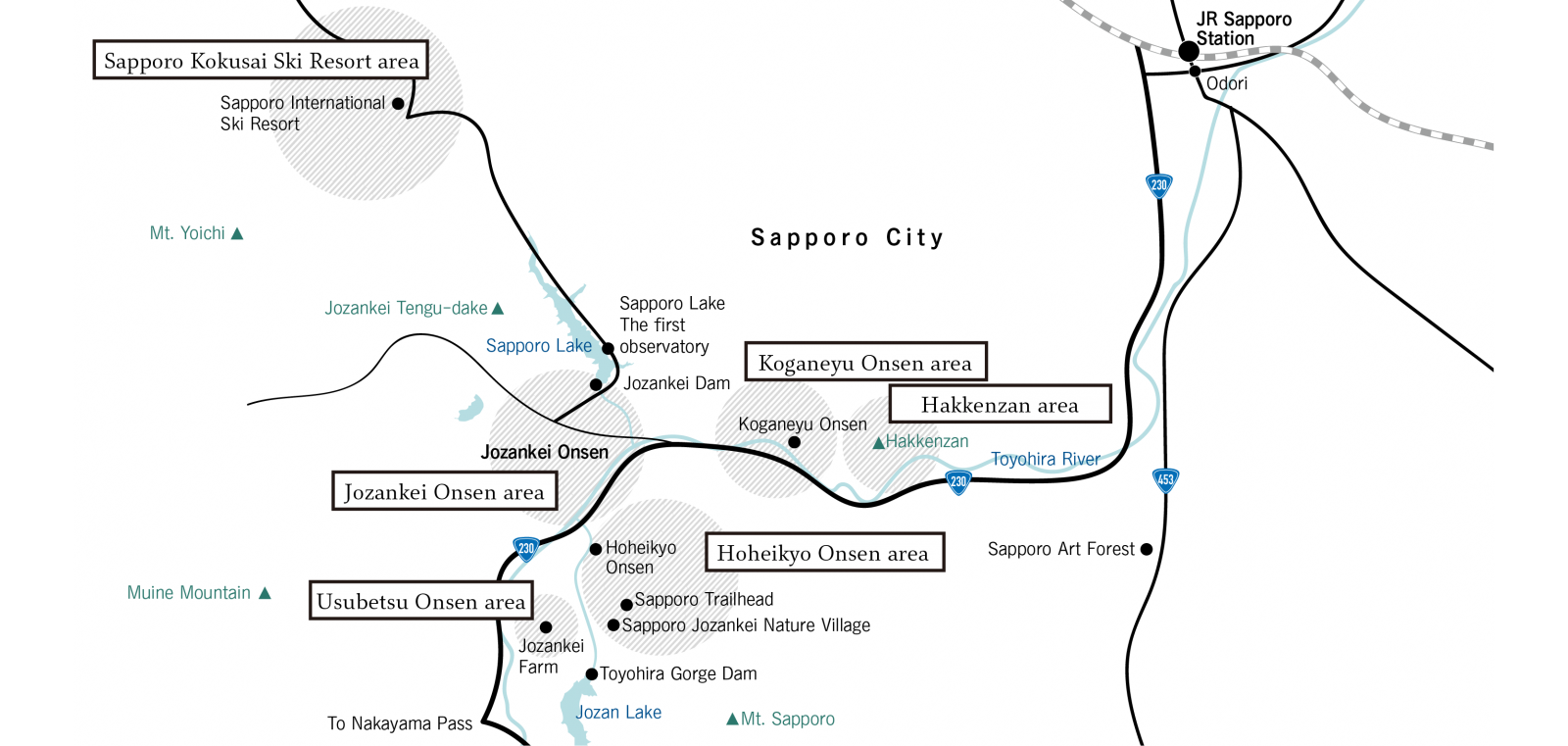
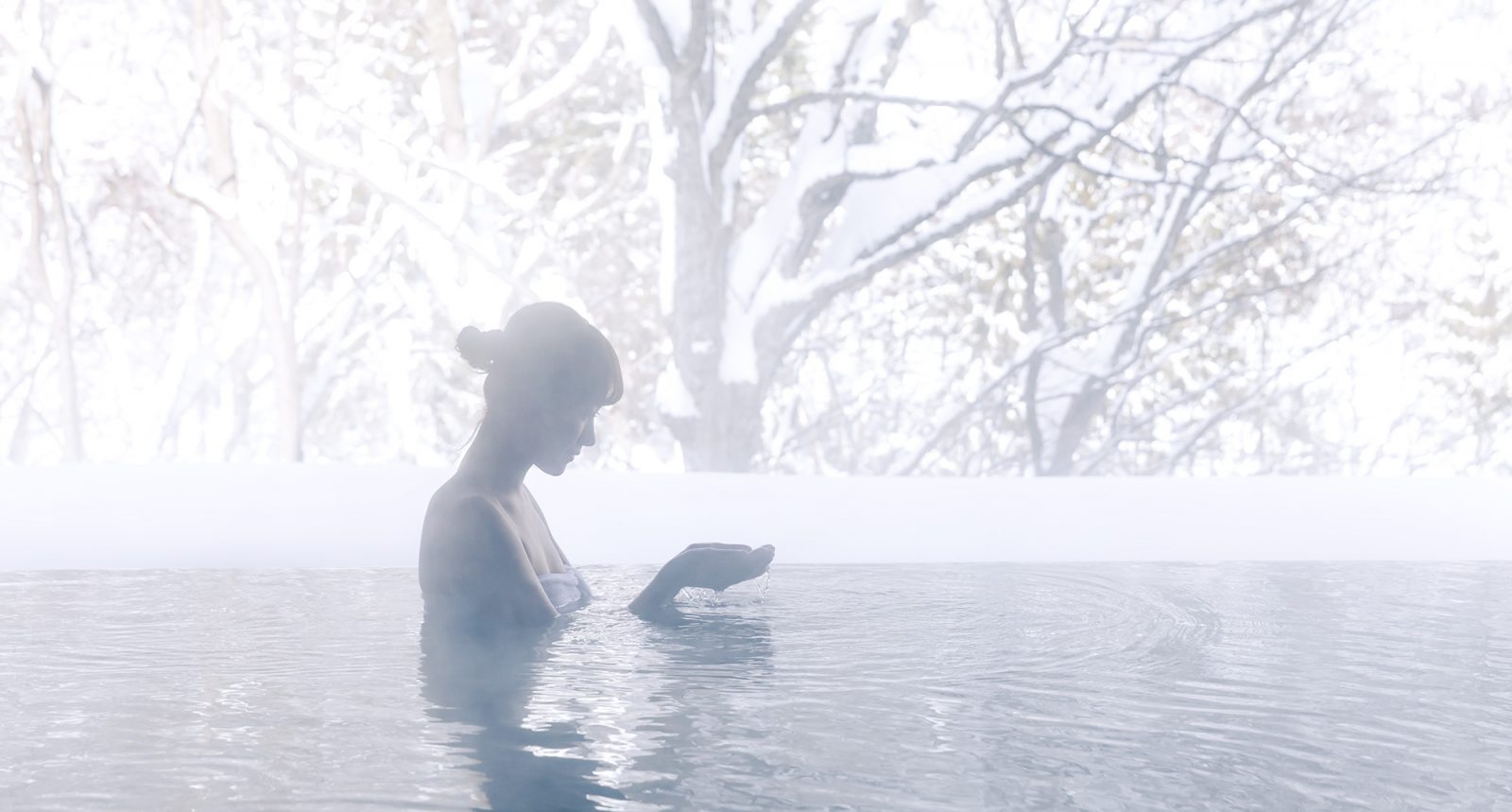
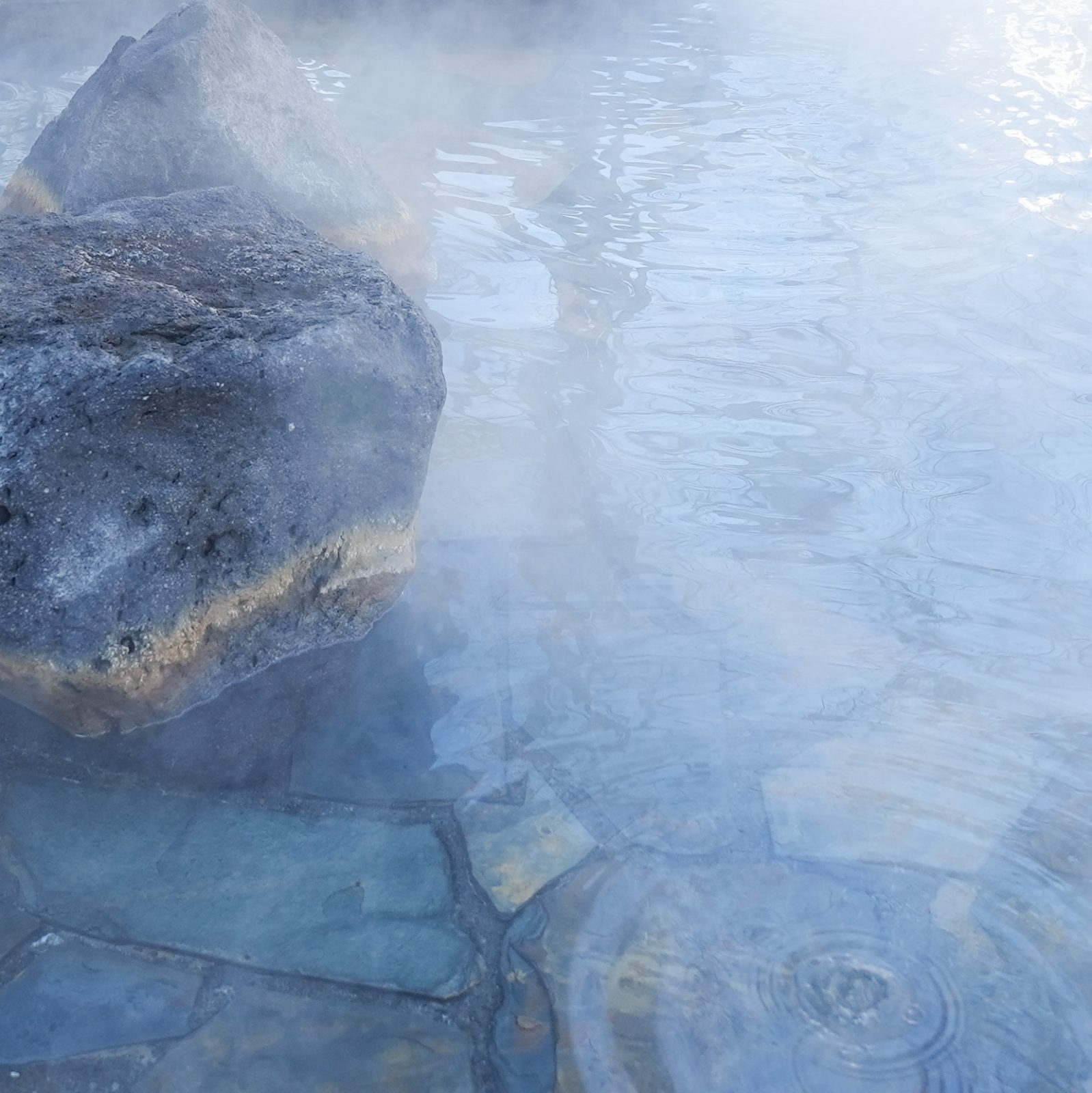
Jozankei Onsen hot-spring qualityQuality
Enjoy the blessings of the forest and the land
at the high-quality, natural hot-spring resort of Jozankei Onsen
Hot spring gushing out in the Jozankei spa resort areas contains sodium chloride (neutral hypotonic hot spring) featuring its colorless and transparency, and mild amount of salt. It is one of the most common spring quality in Japan. When you soak into it, you will find your body becomes warm from inside, That is because the salt content sticking to your body prevents the sweat from evaporating.
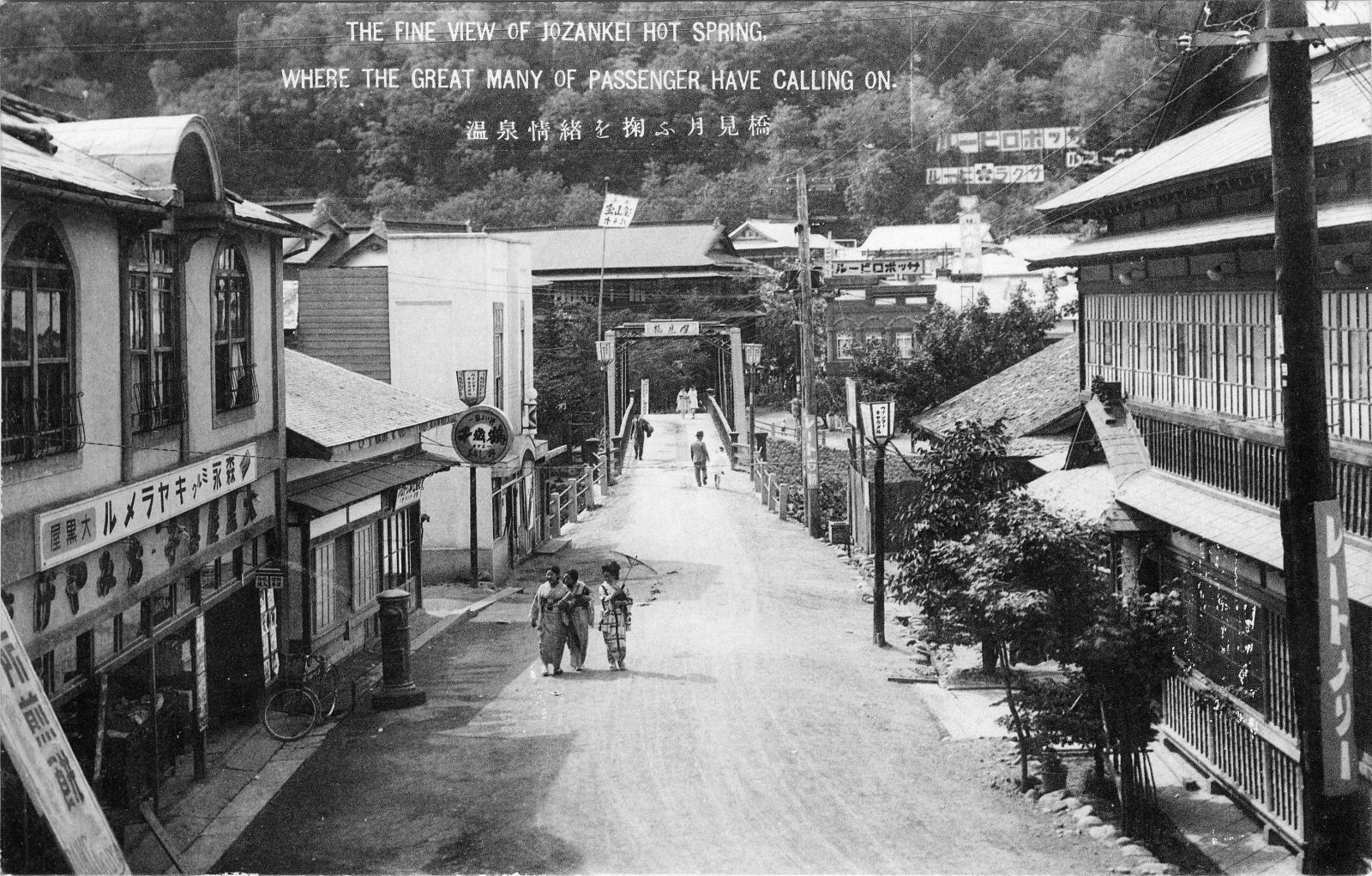
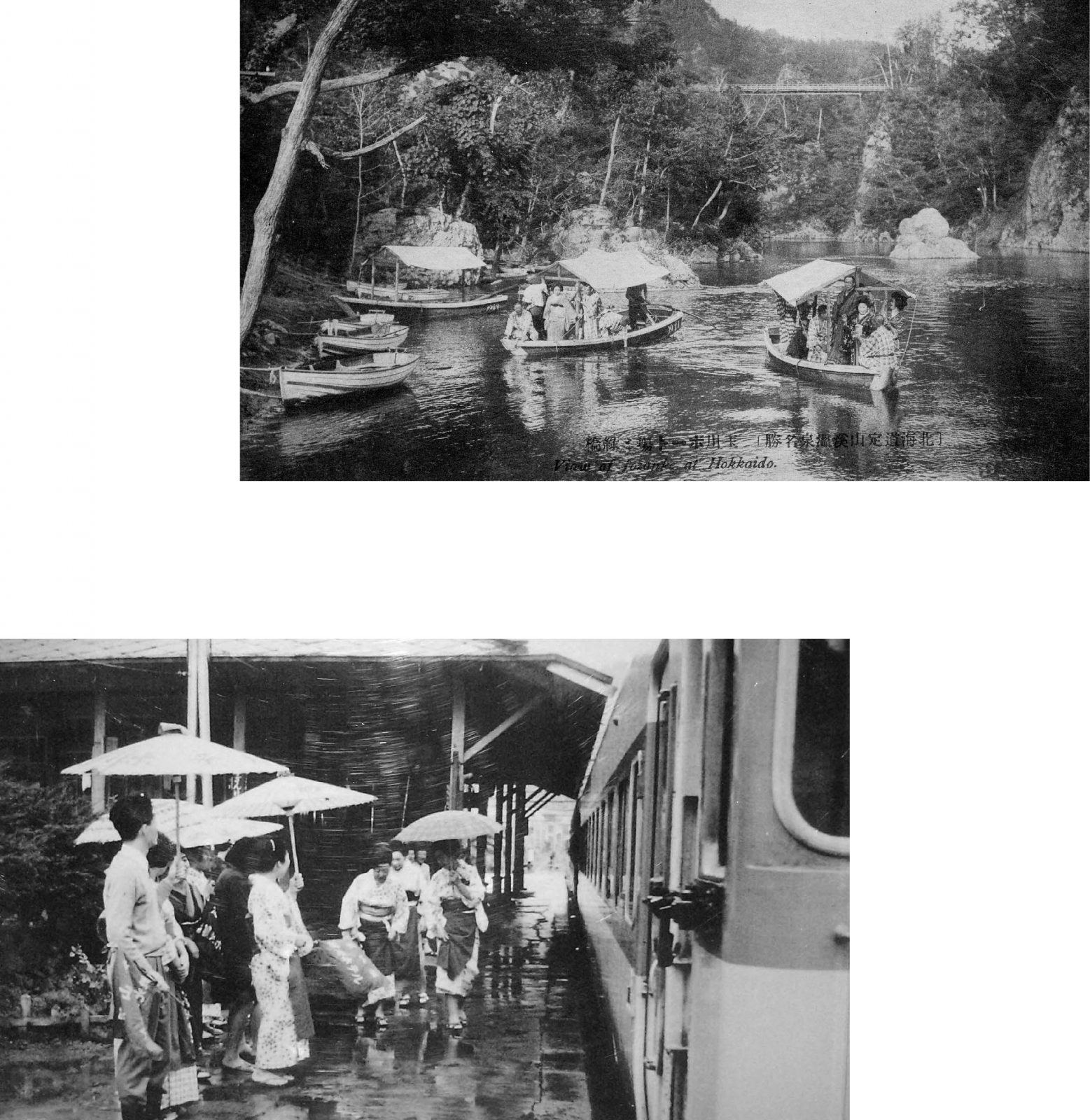
The history of Jozankei OnsenHistory
1866
A hot-spring source encountered by ascetic monk, Miizumi Jozan
The history of Jozankei Hot Springs dates back to Keio 2(1866), when Miizumi Jozan, an ascetic monk, discovered the hot springs and opened a healing spa in upper Toyohira River. Jozan cut through the forest to develop the land and put a great amount of work into bringing injured and sick people to the spa for healing. Eventually his enthusiasm led up to building bridges and roads, and little by little the spa’s reputation spread out.
When the industry of mining and lumbering arose and many workers arrived into the area, restaurants and shops started to increase in number. In 1918, Toyoha Mine opened and Jozankei Railroad was laid, crossing 29.9km between Shiroishi village and Jozankei. Thereafter, the area, blessed with splendid nature and bountiful waters continued to grow into one of the finest hot spring spa in Hokkaido.
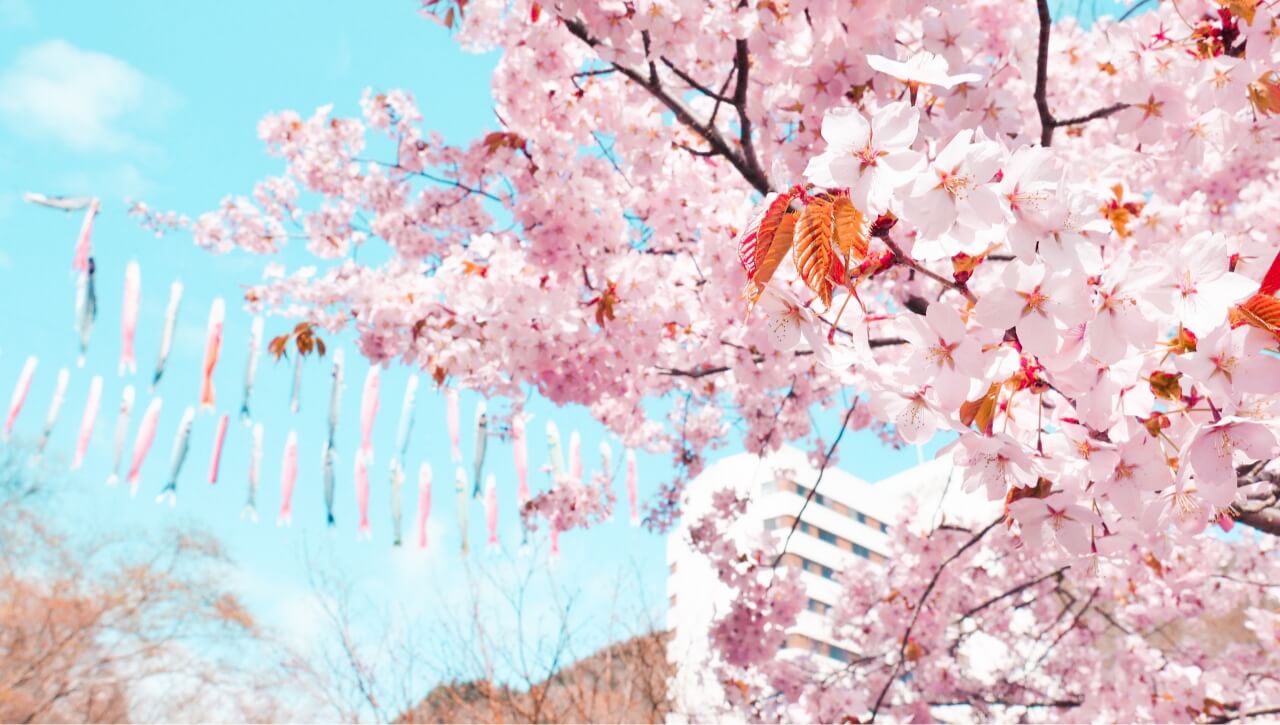
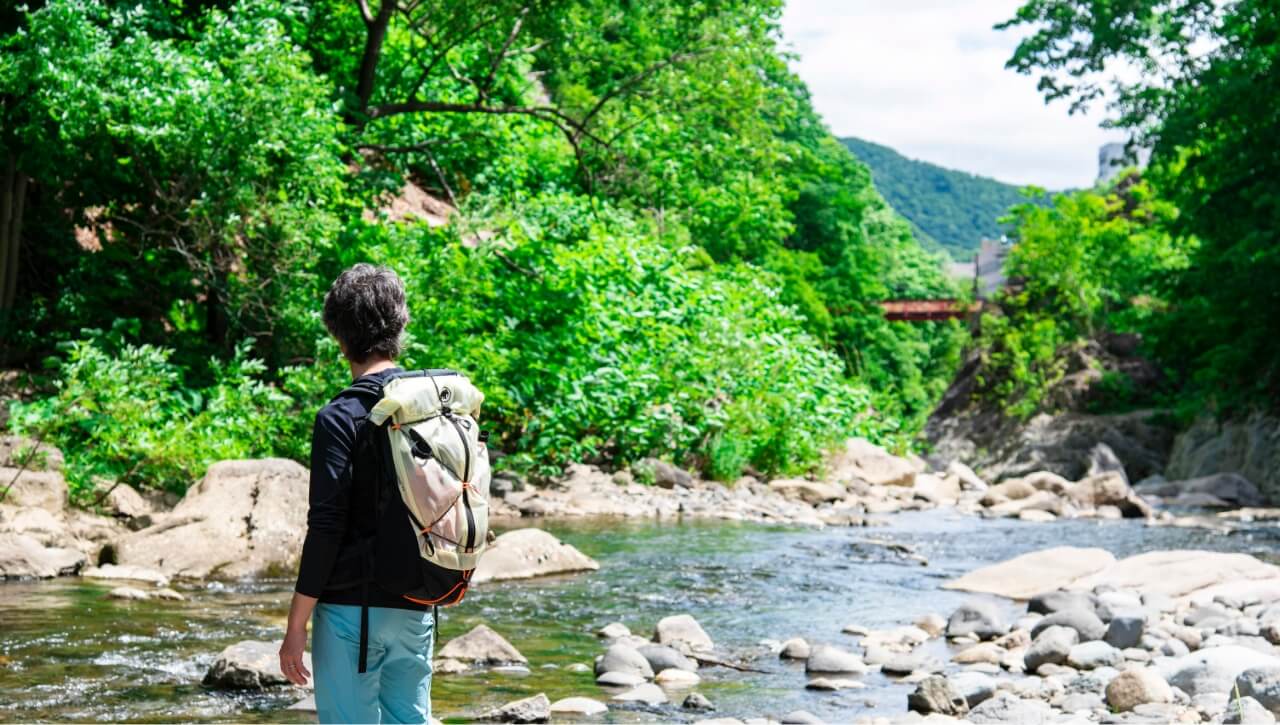
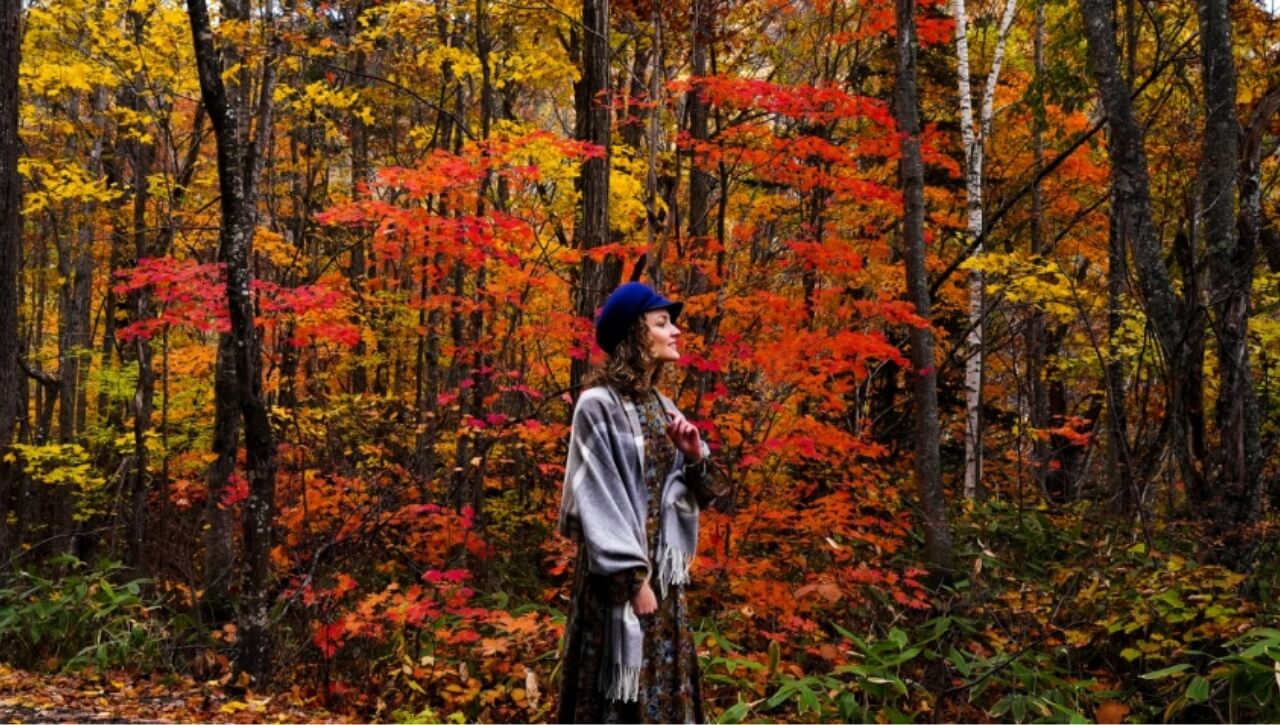
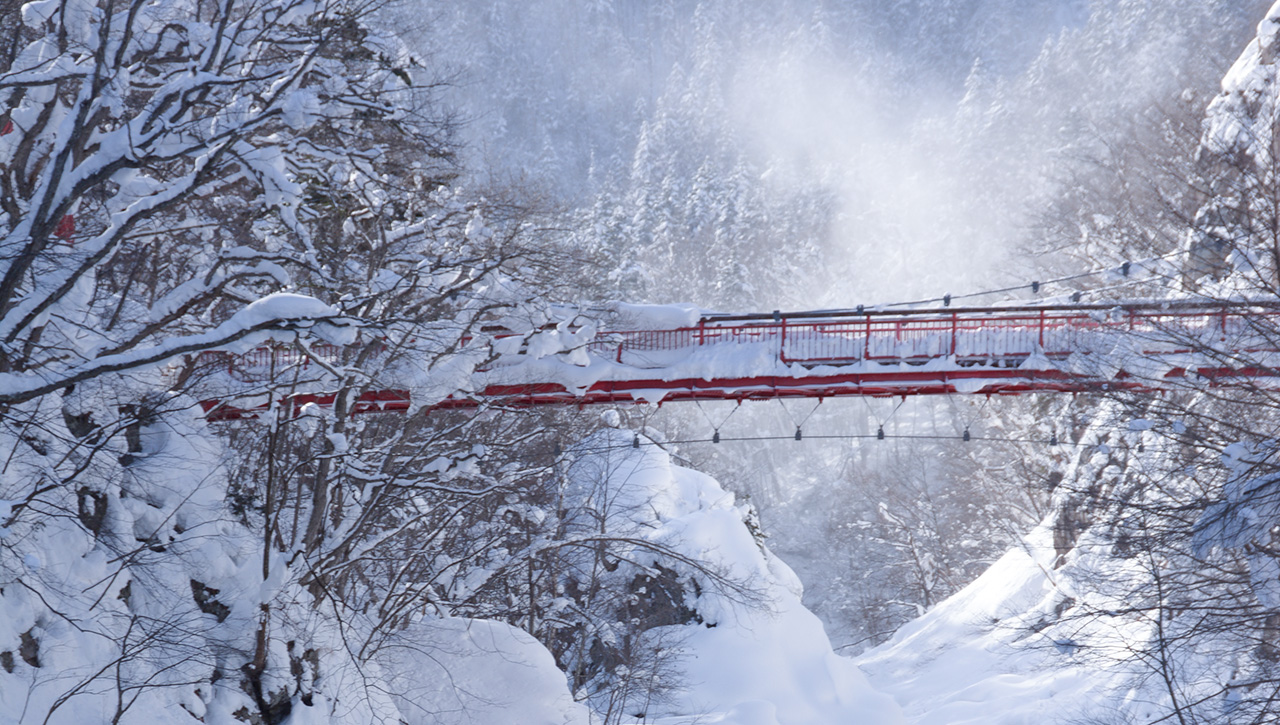
The four seasons of JozankeiSeasons
Cherry-blossom pink, fresh green, crimson, orange,
or a world of white – the ever-changing beauty of nature
Jozankei, with its rich natural environment and four distinct seasons, offers stunning new scenery every time you visit: the beautiful streams of melting snow in spring; the deep green forests of summer; the stunning red and yellow foliage of autumn; and the silent white world of winter. The overwhelming natural beauty of each season stimulates all the senses. Each powerful yet beautiful moment will become an unforgettable memory of your trip.
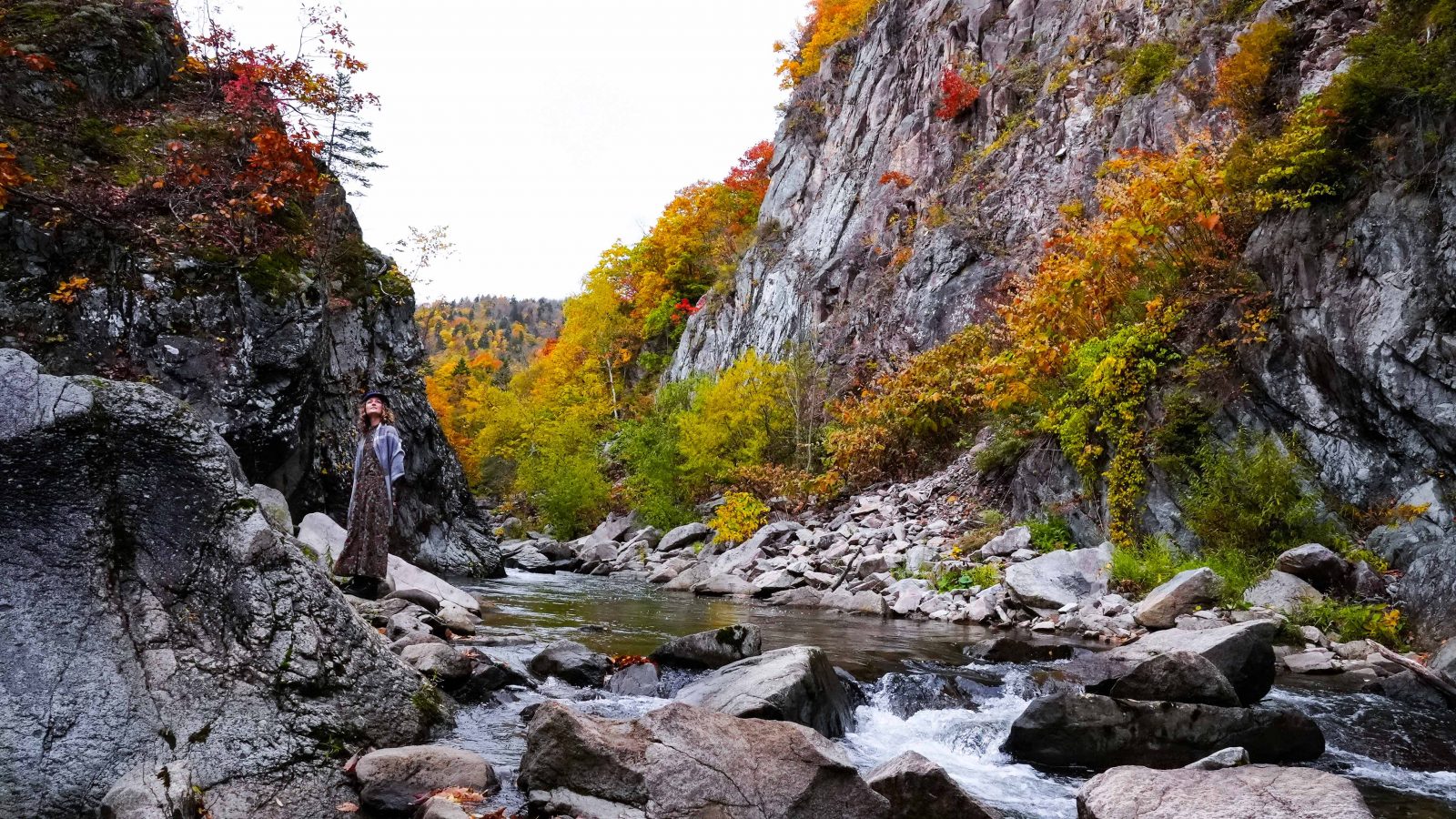
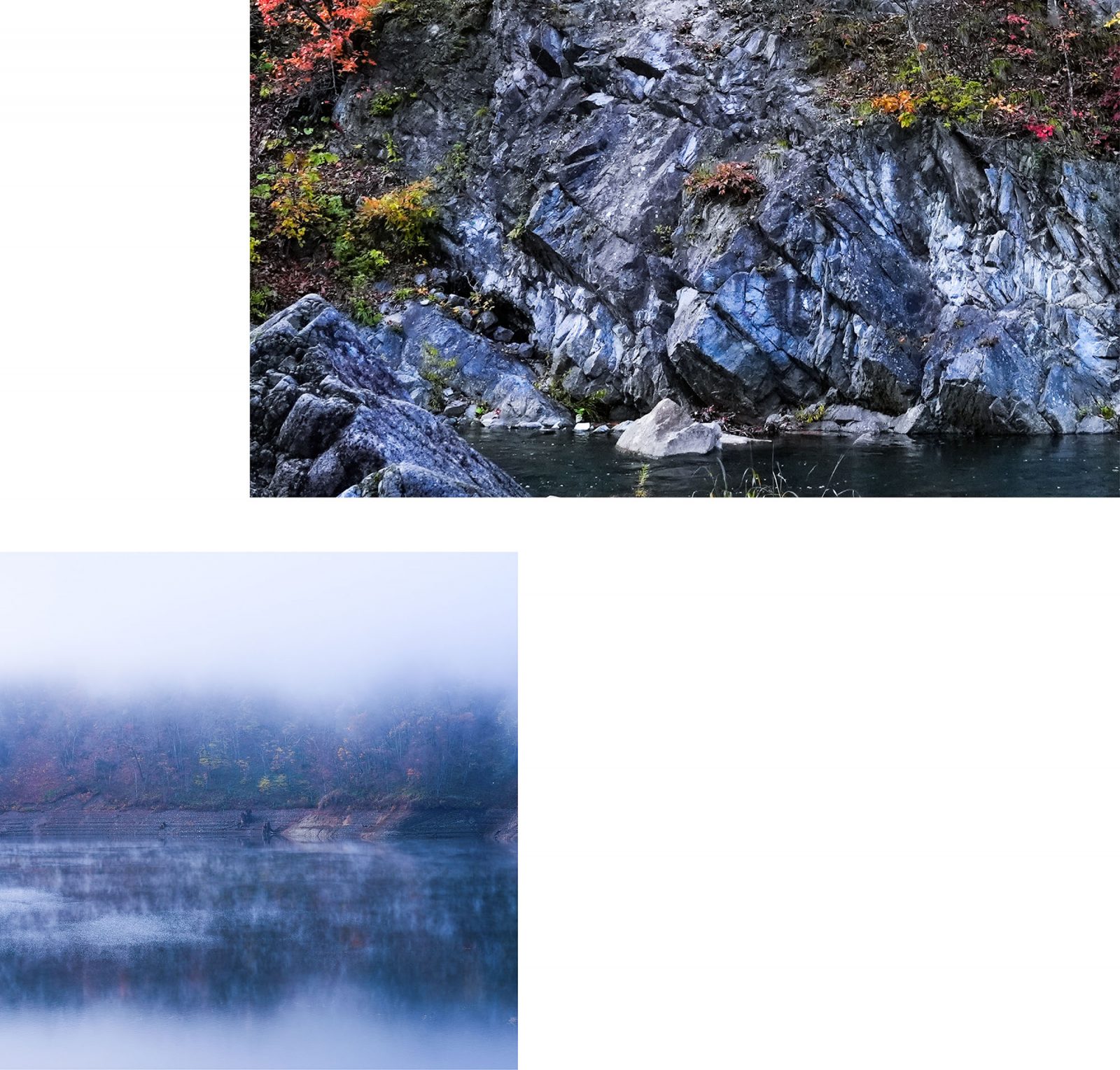
The kappa legendThe Legend
The kappa legend in which
the fleeting beauty of the ‘Kappa Buchi’ pool is conveyed
Until the Choshiguchi hydroelectric power plant was built in 1908, the water flow of the Toyohira River was big enough to wash out logs (for straight-grained boards) of the interior of the mountain down the river. There were also many big river fishes inhabited everywhere in the deep channels. Around that time, there was a young boy, named a Mr. Seyama, who was working for road works. When he was fishing by one of the deep pools of the river, all of sudden he was sucked down into the bottom of the river, even though he did not miss his footing. Villagers who were working to wash out the logs down the river saw the boy being sucked into the river,and immediately jumped into the river to try to rescue him. But the river was so deep that they could not rescue him, and at the end the days passed without being able to find the boy. A year later, on the night of the first memorial service for the boy, the young boy appeared in his father’s dream and said, “I am living happily with a water goblin wife and a child.” The most handsome boy in the village was probably charmed by the goblin wife living in the river. Since then, the area has been called as the goblin’s pool, and there has been no one who goes missing.